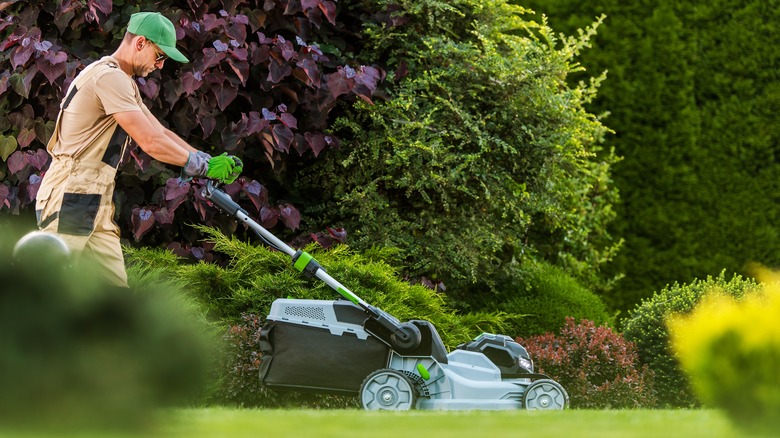Mowing your lawn may seem like a simple task, but it actually puts your grass under a certain amount of stress. If you find that your lawn takes on a brownish tone after you’ve mowed it, there are several key factors to consider. One primary issue is the sharpness of your mower blades. Blunt blades do more harm than good; they tear the grass rather than snipping it cleanly. This jagged tearing leaves the grass blades vulnerable, making it easier for them to lose moisture and ultimately turn brown. Keeping your mower blades in peak condition by regularly sharpening them can mitigate this issue considerably.
But don’t just stop at honing your blades; understanding the complexities involved in lawn care is more than just a one-time activity. It’s an ongoing process that may require you to modify your mowing techniques as the seasons change or your lawn’s health fluctuates. You’ll also have to recognize all the various elements at play in your entire mowing strategy, coupled with the pre-existing health of your lawn — all this significantly influences its color change. Once done, tailor your actions accordingly. Keep in mind that each lawn is unique and may respond differently to various care techniques, so customizing your approach is key.
Mowing techniques and their impact on grass color

Your mowing techniques can make a difference in the health and appearance of your lawn. When you mow too frequently, you’re not giving your grass ample opportunity to grow. This makes your lawn look more like a dusty baseball field than a lush haven. A similar problem occurs when you trim your grass too close to the soil. This is termed “scalping,” and it’s an undesirable practice that puts your grass at risk, leaving it vulnerable to pest attacks and heightened susceptibility to various diseases. If you’re unsure about the right length to mow your lawn, a general rule is to remove no more than one-third of the grass height at a time. Any more than that, and you’re significantly hampering the grass’s ability to carry out photosynthesis efficiently. Without photosynthesis, the grass can’t produce the energy it needs to grow, leading to a stressed and discolored lawn.
Another pitfall is leaving behind grass clumps after you mow. These residual clumps are called thatch and can be quite problematic. Thatch blocks sunlight and suffocates the grass it covers, leading to brown spots. Removing this mowed grass is an easy but often overlooked step. Lastly, mowing in dry and hot weather can make the situation worse, as it removes the moisture that the grass needs to survive. In such weather, it’s best to mow early in the morning or late in the afternoon when temperatures are cooler to reduce stress on your lawn.
Brown grass as a sign of dormancy and fungal disease
If your entire lawn has turned a uniform shade of brown, it may be dormant. Grass goes into this dormant state as a defense mechanism to conserve water and essential nutrients. If you’re questioning whether you have dormant grass, give a tuft of grass a gentle yank. If the roots don’t budge, your grass is likely in hibernation and should bounce back once better conditions roll around, like in the spring.
Now, if your lawn has random brown splotches rather than an even brown hue, you might be dealing with a different issue altogether: a fungal disease. Unlike the uniform color of dormant grass, fungal issues often manifest as erratic brown spots scattered across your lawn. It’s advisable to identify the type of fungal disease affecting your lawn for the most effective treatment. Common culprits might include brown patch, dollar spot, or even fusarium blight. These diseases not only create unsightly brown spots but can seriously compromise the overall health of your lawn if left untreated. Acting swiftly is key here. Specialized fungicides exist for each type of fungal disease, so make sure to read the manufacturer’s instructions carefully. If you’re at all uncertain about what’s affecting your lawn, consulting a professional for a diagnosis and treatment plan is your best bet.